-
The discovery of neutrino oscillations [1-3] confirmed that neutrinos have sub-eV masses; however, the underlying mechanism behind such tiny neutrino masses is still open to question. Regarding the standard model (SM) as a low energy effective field theory, the simplest pathway to generate neutrino mass is via the Weinberg operator
LLΦΦ/Λ [4]. There are three potential methods for realizing this operator at tree level [5], which correspond to the canonical type-I [6, 7], type-II [8-13], and type-III [14] seesaw. To verify whether these scenarios are realized in nature, the signatures of seesaw models have been extensively studied at colliders [15-18]. Because the conventional type-I seesaw requires heavy right-hand neutrinosNR (≳1014 GeV with the corresponding Yukawa coupling∼O (1)), this method is far beyond the ability of current and planned colliders. Therefore, we consider the type-II seesaw in this study. Other possible low scale approaches to generating a tiny neutrino mass are summarized in Refs. [19, 20].The type-II seesaw introduces a scalar triplet ∆ with a hypercharge
Y=+2 , where neutrino mass is generated by the Yukawa interaction between the lepton doublets and scalar triplet. After the spontaneous symmetry breaking of the SM Higgs doublet Φ, the trilinear termμΦTiτ2Δ†Φ induces a vacuum expectation value for the neutral component of the scalar triplet withvΔ∼μv2/M2Δ . As the scalar triplet ∆ also carries the lepton number+2 , the µ-term breaks the lepton number by two units. This trilinear term is the only source of lepton number violation; thus, it should be naturally small according to 't Hooft's naturalness principle [21]. Then, forμ∼vΔ , we can naturally haveMΔ∼v , i.e., the mass of the scalar triplet is at the electroweak scale [22].A distinct feature of this model is the presence of the doubly charged Higgs
H±± . Assuming a degenerate mass spectrum for the scalar triplet, the typical channels used to hunt forH±± are the same-sign dilepton channelH±±→ℓ±ℓ± and the same-sign diboson channelH±±→W±W± [23]. For a non-degenerate case, the cascade decay channelH±±→H±W± is also possible [24-27]. Corresponding signatures have been extensively studied at the LHC [28-34], HE-LHC [35-39],e+e− collider [40, 41], andep colliders [42, 43]. WhenvΔ<10−4 GeV,H±±→ℓ±ℓ± is the dominant decay mode; a direct search at the LHC has already excluded the regionMH±±<870 GeV [44]. In this case, the branching ratios ofH±±→ℓ±ℓ± are only correlated with neutrino oscillation parameters [45]. WhenvΔ>10−4 GeV, theH±±→W±W± mode becomes dominant; searches for the pair production ofH±± in this diboson channel have excludedMH±±<350 GeV [46, 47].Among the various potential collider signatures of the type-II seesaw, the same-sign tetralepton signature is unique [48, 49] and arises from the mixing of neutral Higgs bosons and their cascade decays to singly and doubly charged Higgs bosons. Previous studies [48, 49] focused on the hadron colliders as the LHC and FCC-hh with
√s=100 TeV; however, in this study, we analyze this signature at future lepton colliders. Considering the current lower bound on the doubly charged HiggsMH±±>350 GeV, this signature is beyond the reach of the CEPC [50]. To pair produceH±± , the collision energy should at least be higher than 700 GeV. Therefore, we take the following four benchmark scenarios to illustrate:MH±±≲MA0=400 GeV at the√s=1 TeV ILC [51, 52],MH±±≲MA0=600 GeV at the√s=1.5 TeV CLIC,MH±±≲MA0=1000 GeV at the√s=3 TeV CLIC [53, 54], andMH±±≲MA0=1500 GeV at the√s=6 TeV Muon Collider (MuC) [55, 56]. As will shown later, the cross section of the triplet scalarsH0A0 at lepton colliders can be much larger than that at the LHC. Especially, for largevΔ>10−4 GeV, the resulting promising region of the same-sign tetralepton signature at lepton colliders is even larger than that in the direct search forH±±→W±W± at the HL-LHC; this signal heavily depends on the parametersλ4 andvΔ . Hence, observation of this signal provides an appealing method of probing these two parameters.In this paper, Sec. II contains a brief introduction of the type-II seesaw model and a discussion on the branching ratios of the scalar triplet components and corresponding constraints. The same-sign tetralepton signals at the ILC, CLIC, and MuC are analyzed in Sec. III, and the conclusion is presented in Sec. IV.
-
We concisely review the type-II seesaw in this section. Besides the SM Higgs doublet Φ, a scalar triplet ∆ is also employed, which can be denoted as
Φ=(ϕ+Φ0),Δ=(Δ+√2Δ++Δ0−Δ+√2),

(1) where the neutral components can be further written as
\Phi^{0} = \dfrac{1}{\sqrt{2}} \left(v+\phi^{0}+ {\rm i} \chi^{0}\right) andΔ0=1√2(vΔ+δ0+iη0) , respectively, after spontaneous symmetry breaking. The Yukawa interaction that generates the tiny neutrino mass is given byLY=YΔ¯LcLiτ2ΔLL+ h.c. ,

(2) where
τ2 is the second Pauli matrix. The scalar potential involving Φ and ∆ isV(Φ,Δ)=m2ΦΦ†Φ+M2Tr(Δ†Δ)+(μΦTiτ2Δ†Φ+h.c.)+λ04(Φ†Φ)2+λ1(Φ†Φ)Tr(Δ†Δ)+λ2[Tr(Δ†Δ)]2+λ3Tr[(Δ†Δ)2]+λ4Φ†ΔΔ†Φ.

(3) Mixing between the doublet and triplet scalars leads to seven physical scalars, i.e., a doubly charged Higgs
H±± , singly charged HiggsH± , CP-even Higgs bosons h andH0 , and CP-odd HiggsA0 , with the mixing angles specified bytanβ±=√2vΔv,tanβ0=2vΔv,tan2α=4vΔvv2(λ1+λ4)−2M2Δv2λ−2M2Δ−4v2Δ(λ2+λ3),

(4) where
M2Δ=μv2/(√2vΔ) . The masses of the doubly and singly charged Higgs bosonsH++ andH+ are given byM2H++=M2Δ−v2Δλ3−λ42v2,M2H+=(M2Δ−λ44v2)(1+2v2Δv2).

(5) The masses of CP-even Higgs bosons h and
H0 can be written asM2h=T211cos2α+T222sin2α−T212sin2α,

(6) M2H0=T211sin2α+T222cos2α+T212sin2α,

(7) where
T11 ,T22 , andT12 are of the formT211=λ02v2,T222=M2Δ+2v2Δ(λ2+λ3),T212=−2vΔvM2Δ+vΔv(λ1+λ4).

(8) Finally, the CP-odd Higgs
A0 has the following massM2A0=M2Δ(1+4v2Δv2).

(9) Constrained by the ρ parameter,
vΔ≲1 GeV should be satisfied. Neglecting the contributions fromvΔ , masses of triplet scalars have the relationM2H++−M2H+≈M2H+−M2H0,A0≈−14λ4v2.

(10) In this paper, we consider the scenario with
λ4>0 , which leads to the mass spectrumMH++<MH+<MH0≃ MA0 . The mass difference betweenH0 andA0 plays a vital role in the production of the same-sign trilepton signature, which is controlled byvΔ asM2H0−M2A0∼2(λ2+λ3)v2Δ−4M2Δv2v2Δ.

(11) Here, we briefly discuss the decay properties of triplet scalars with the mass spectrum
MH++<MH+<MH0≃MA0 . Expressions for the partial decay widths of triplet scalars can be found in Ref. [25]. In this scenario, the doubly charged HiggsH±± is the lightest. The possible decay channels are same-sign dileptonH±±→ℓ±ℓ± and same-sign dibosonH±±→W±W± . The branching ratios are plotted in Fig. 1 for the four benchmark cases withMA0= 400, 600, 1000, and 1500 GeV. The decay widths of the dileptonH±±→ℓ±ℓ± channel is proportional to1/v2Δ , while that of the dibosonH±±→W±W± channel is proportional tov2Δ . Therefore, we have BR(H±±→ ℓ±ℓ±)≃1 forvΔ≲10−5 GeV and BR(H±→H±±W∗)≃1 forvΔ≳10−3 GeV. Increasing the mass ofH±± does not have a large impact on the results of BR(H±± ). As for the singly charged HiggsH± , possible decay channels are leptonicH±→ℓ±ν , bosonicH±→W±Z/W±h , quarksH±→tb/cs , and cascadeH±→H±±W∗ . Here, we focus on the same-sign tetralepton signature related channel, i.e., the cascade decayH±→H±±W∗ . This channel is dominant in the range of10−6≲vΔ≲10−3 GeV (10−5≲vΔ≲10−4 GeV) whenMA0=400(600) GeV. As the mass of the triplet scalars increase to approximately 1000 GeV, the dominant range of this channel shrinks tovΔ∼5×10−5 GeV and the corresponding branching ratio never reaches one. Meanwhile, this channel cannot become dominant whenMA0=1500 GeV because, as the triplet scalar masses increase, the phase space of cascade decay is suppressed. It has been shown that the dominant range of cascade decaysH0→H±W∗ andA0→H±W∗ are similar to the channelH±→H±±W∗ [26].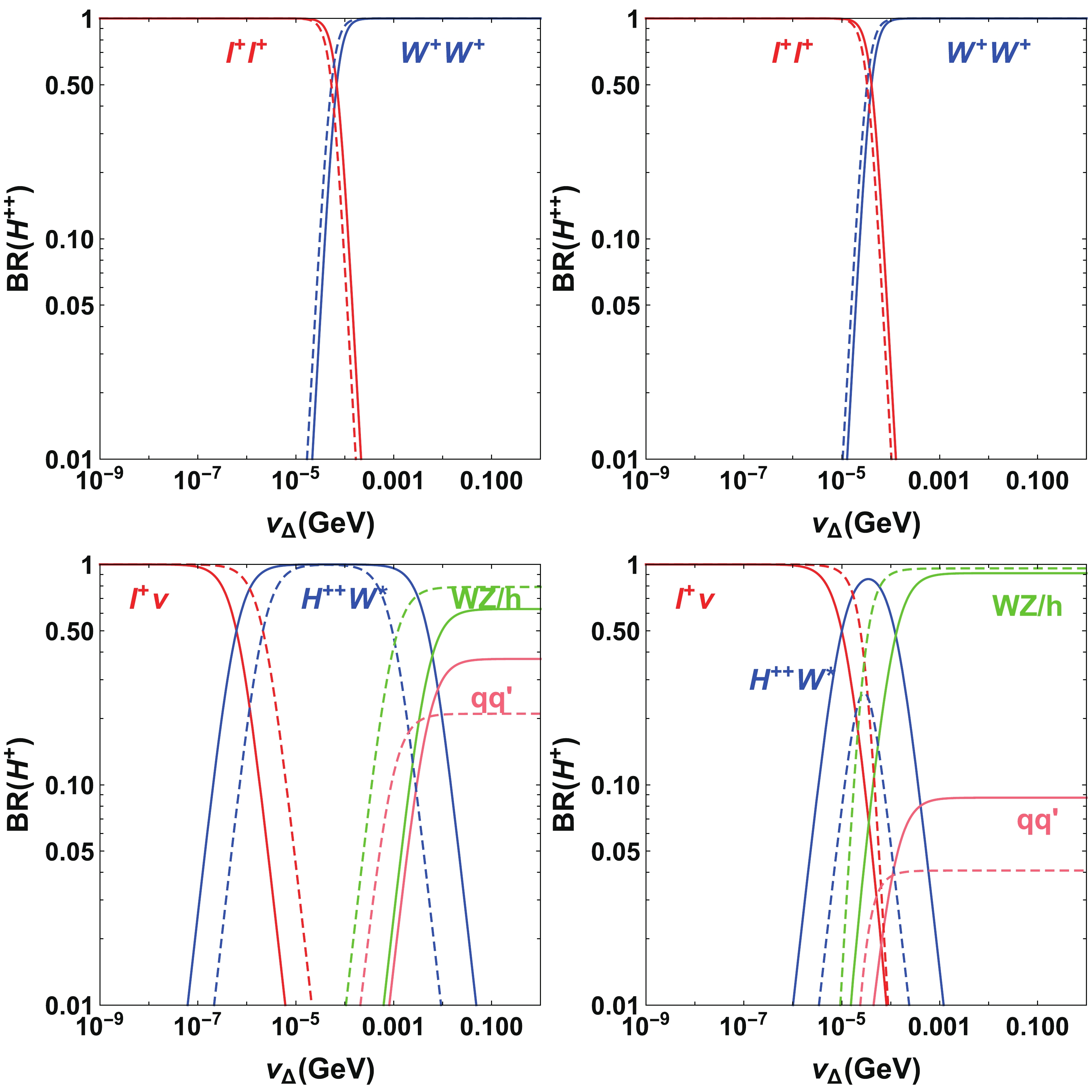
Figure 1. (color online) The branching ratios of
H++ (upper panels) andH+ (lower panels). In the left panels, the solid (dashed) lines indicate the results forMA0=400(600) GeV. In the right panels, the solid (dashed) lines indicate the results forMA0=1000(1500) GeV. Other relevant parameters are fixed asλ0=0.52 ,λ1,2,3=0.01 , andλ4=0.3 . -
In this part, we briefly summarize the constraints on the type-II seesaw model. The vacuum stability requires the following bounded-from-below conditions [22, 34]:
λ0,λ2⩾0,λ2+λ32≥0,λ1+√λ0(λ2+λ3)⩾0,λ1+λ4+√λ0(λ2+λ3)⩾0,|λ4|√λ2+λ3−λ3√λ0⩾0.

(12) In addition, the unitarity of the S-matrix from tree-level scattering processes produces 10 further constraints on the quartic couplings [34]. However, only the following is nontrivial:
|(3λ0+16λ2+12λ3)±√(3λ0−16λ2−12λ3)2+24(2λ1+λ4)2|⩽64π.

(13) For the study of the same-sign tetralepton signature, the quartic couplings are
λ0=0.52,λ1,2,3=0.01 , andλ4∈ [0.1,1] , which satisfy the above stability and unitarity constraints.Furthermore, a nondegenerate mass spectrum is required to produce this signal, which contributes to the electroweak oblique parameters as
S=−132πlnM2H±±M2H0−2π[(1−2s2W)2ξ(M2H±±M2Z)+s4Wξ(M2H±M2Z)+ξ(M2H0M2Z)],

(14) T=18πc2Ws2W[η(M2H±±M2Z,M2H±M2Z)+η(M2H±M2Z,M2H0M2Z)],

(15) where the functions
ξ(x) andη(x,y) can be found in Ref. [34]. The best fit values for the S and T parameters areS=0.06±0.09 andT=±0.10±0.07 with a correlation coefficient of +0.91 [57]. For instance,MA0= 400GeV,λ4=1 predictsS=0.021 andT=0.029 , which is allowed by the fit value.The charged scalars also contribute to the decay
h→γγ . The corresponding decay width is [58, 59]Γ(h→γγ)=GFα2M3h128√2π3|∑fNfcQ2fgfA1/2(τf)+gWA1(τW)+˜gH±A0(τH±)+4˜gH±±A0(τH±±)|2.

(16) where
Nfc=3(1) for quarks(leptons),Qf is the charge of particle f,τi=M2h/4M2i , and the loop functions are presented in Refs. [60-62]. In the limitvΔ≪v , the Higgs couplings aregf≃1,gW≃1,˜gH±≃λ1vMWgM2H±,˜gH±±≃(λ1+λ42)vMWgM2H±±.

(17) Provided the production cross section of h is the same as that of the SM Higgs, the signal strength is
Rγγ=BR(h→γγ)Type IIBR(h→γγ)SM.

(18) For
MA0=400 GeV,λ1=0.01,λ4=1 , the predicted signal strengthRγγ is 0.99, which is within the experimental rangeRγγ=1.12±0.09 [63].Finally, the sensitivity to doubly charged scalars at the High-Luminosity (HL) LHC is considered. According to the results in Ref. [37], the HL-LHC can probe
MH±± up to approximately 2200 GeV withL=3000fb−1 in the dilepton channelH±±→ℓ±ℓ± . Assuming the same selection efficiency, we simply project the diboson channelH±±→W±W± result in Ref. [47] with139fb−1 into3000fb−1 and find that the HL-LHC can probeMH±±≲490 GeV. -
In this section, we explore the same-sign tetralepton signature resulting from the neutral Higgs decay. First, the production cross section of
H0A0 is considered. The results are shown in Fig. 2, where the cross sectionσ(H0A0) at the 14 TeV LHC and 100 TeV FCC-hh are also illustrated for comparison. All the results are computed using Madgraph5_aMC@NLO [64] with the UFO [65, 66] model file provided by Ref. [39]. For lepton colliders, the neutral Higgs pairH0A0 can be produced whenMA0<√s/2 . At the 1 TeV ILC, the cross sectionσ(H0A0) is larger than that at the 14 TeV LHC in the range of300≲MA0≲470 GeV. For380≲MA0≲610 GeV (610≲MA0≲1200 GeV), the 1.5 TeV (3 TeV) CLIC generates the largest cross section among lepton colliders. Notably,σ(H0A0) at the 3 TeV CLIC can be two orders of magnitude larger than that at the LHC forMA0∼1000 GeV. WhenMA0≳1200 GeV, the 6 TeV MuC becomes one of the best options; in the range of1700≲MA0≲2700 GeV,σ(H0A0) at the 6 TeV MuC is even larger than that at the 100 TeV FCC-hh.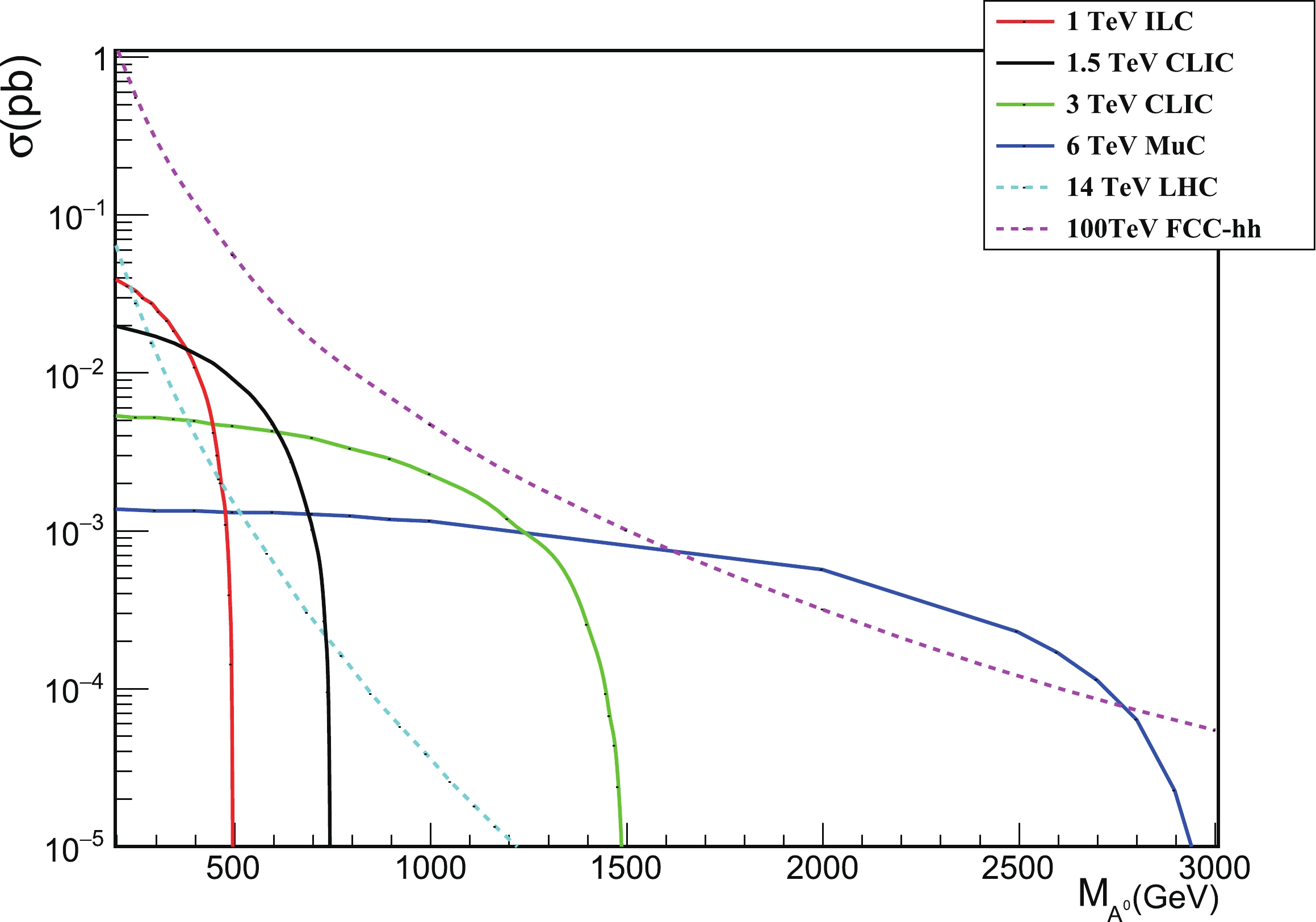
Figure 2. (color online) Production cross section of
H0A0 at various colliders. The solid red, black, green, and blue lines are the results from the 1 TeV ILC, 1.5 TeV CLIC, 3 TeV CLIC, and 6 TeV MuC, respectively. The dashed cyan and pink lines are the results from the 14 TeV LHC and 100 TeV FCC-hh.At the 1 TeV ILC with
MA0=400 GeV, this signal is generated via the tetraboson processe+e−→H0A0→H±W∗H±W∗→H±±W∗H±±W∗+W∗W∗→4W±+X,

(19) with the leptonic decay
W±→ℓ±ν(ℓ=e,μ) . Note that the dilepton decayH±±→ℓ±ℓ± has already been excluded by a direct search at the LHC. Because the typical mass splitting between triplet scalars for the same-sign tetralepton signature is of the order ofO(GeV) , the final states from off-shell W decay are difficult to detect. Such a signature occurs owing to the interference effect betweenH0 andA0 , which is sizable whenδM=MH0−MA0∼ΓH0/A0 . The cross section for this signal is calculated by [48]σW(4ℓ±+X)=σ(e+e−→H0A0)×(2+x21+x2x21+x2)×BR(H0/A0→H±W∗)2×BR(H±→H±±W∗)2×BR(H±±→W±W±)2×BR(W±→ℓ±ν)4,

(20) where
x=δM/ΓH0/A0 . The initial cross sectionσ(e+e−→ H0A0) is approximately 10 fb at the 1 TeV ILC withMA0=400 GeV. In the left panel of Fig. 3, we show the product of the BRs in the above process. As shown in Fig. 1, BR(H±±→W±W±) is quickly suppressed forvΔ<10−4 GeV, which corresponds to the left boundary; the right one is determined by the cascade decay branching ratios BR(H±→H±±W∗) . Therefore, a largerλ4 leads to a larger mass splitting and hence a wider range ofvΔ [27].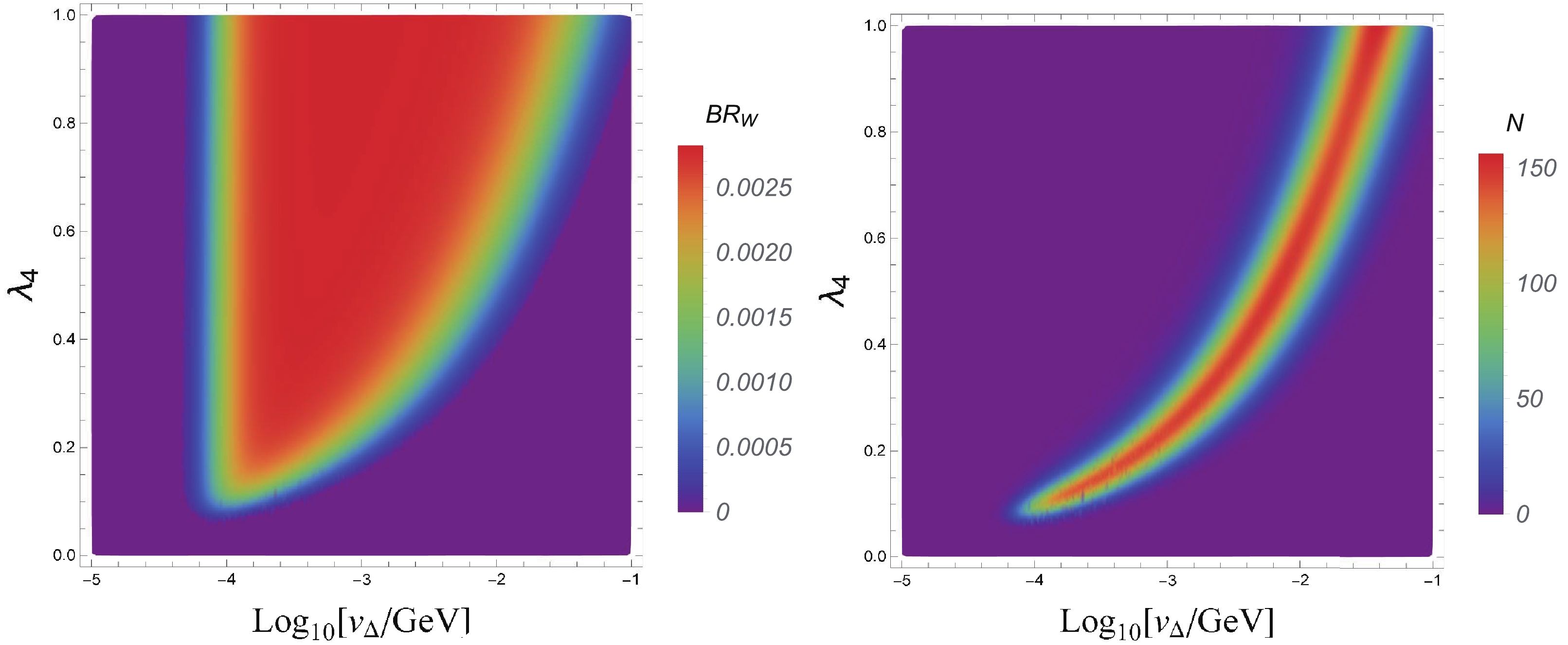
Figure 3. (color online) (left panel) Product of the branching ratios
BRW≡BR(H0/A0→H±W−∗)2×BR(H±→H±±W−∗)2× BR(H±±→W±W±)2×BR(W±→ℓν)4 for the processe+e−→H0A0 with a mass ofA0 fixed asMA0=400 GeV . (right panel) Event number N of the same-sign tetralepton signature4ℓ±+X for the massMA0=400 GeV frome+e−→H0A0 and subsequent decays at the√s=1 TeV ILC withL=8 ab−1 .In the right panel of Fig. 3, we show the expected event number for the same-sign tetralepton signature at the 1 TeV ILC with an integrated luminosity
L=8ab−1 . A detector level simulation with Delphes [67] is also performed, where onlypT(ℓ±)>10 GeV and|η(ℓ±)|<2.5 are required. The total cut efficiency applied isceff=0.6 forMA0=400 GeV. The promising region in theλ4−vΔ plane fills a narrow band, where the maximum event number can reach approximately 160. Such a narrow band is formed mainly owing to the interference effect betweenH0 andA0 . For a fixed value ofvΔ , the mass splittingδM is then determined. A certain value ofλM4 resulting in a suitable cascade decay width, i.e.,x=δM/ΓH0/A0∼1 , leads to the maximum event number. Ifλ4>λM4 ,ΓH0/A0 will increase; thus, x will decrease, and the final event number will also decrease. Considering that, for a small mass splitting of the triplet scalarsΔM∼ λ4v2/(8MA0) , the cascade decay's dominant widthΓH0/A0∝ΔM5 andδM∝v2Δ , it is easy to derive the relationλ4∝v2/5Δ by takingδM∼ΓH0/A0 .Furthermore, we consider
MH0∼MA0=600 GeV at the√s=1.5 TeV CLIC. In this scenario,H±±→W±W± is again the only allowed decay mode; therefore, the tetralepton signal is also generated via the process in Eq. (19). The product of the BRs and corresponding event number are shown in Fig. 4. Compared to the previous scenario withMA0=400 GeV, the dominant region of BRW decreases forMA0=600 GeV, e.g.,10−4≲vΔ≲ 10−2GeV . With an integrated luminosity of2.5ab−1 , approximately 10 signal events occur at the 1.5 TeV CLIC withMA0=600 GeV at best. Therefore, this scenario is marginally promising.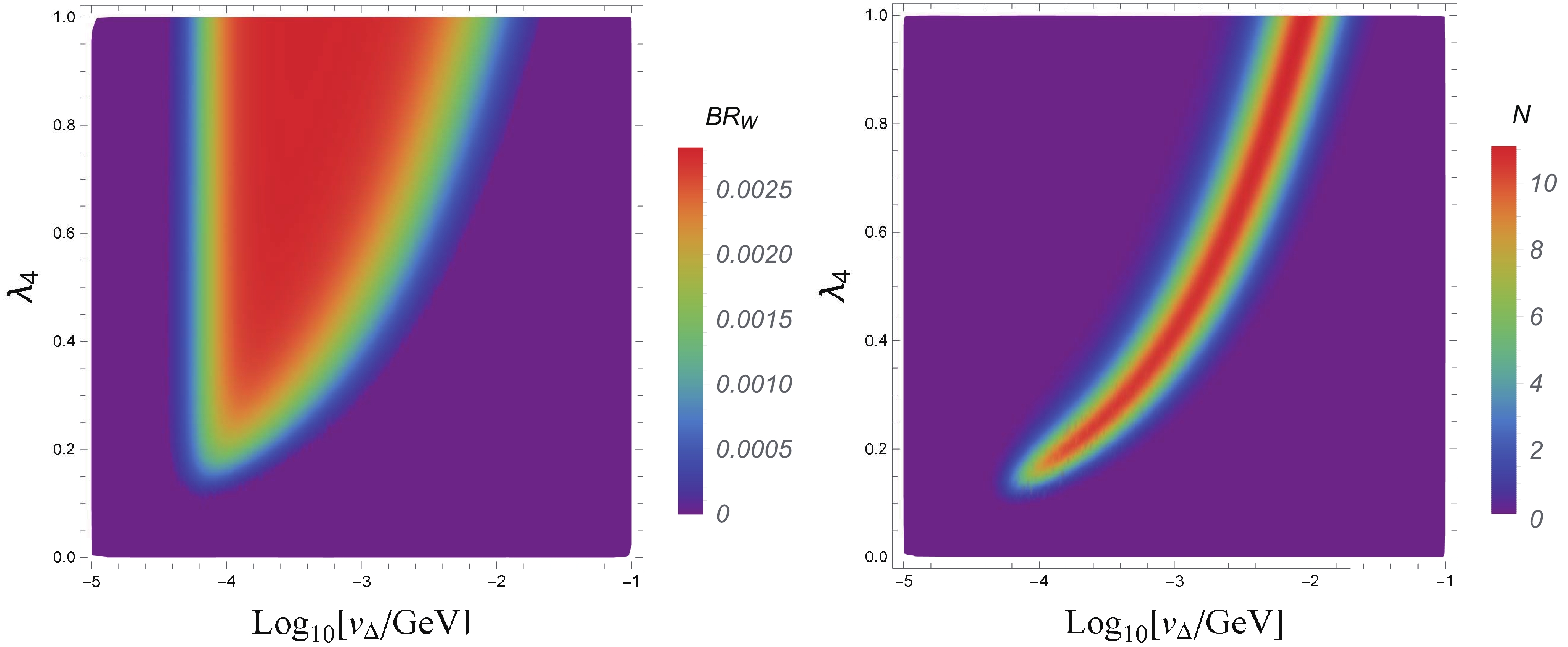
Figure 4. (color online) Same as Fig. 3 but for
MH0∼MA0=600 GeV at the√s=1.5 TeV CLIC with luminosityL=2.5 ab−1 .Now, the same-sign tetralepton signature at the 3 TeV CLIC is considered. In this scenario, we set
MA0=1000 GeV, and the same-sign dilepton decayH±→ℓ±ℓ± is allowed. Therefore, in addition to the tetraboson process in Eq. (19), we also have the direct tetralepton channele+e−→H0A0→H±W∗H±W∗→H±±W∗H±±W∗+W∗W∗→4ℓ±+X.

(21) The corresponding cross section is then calculated as
σℓ(4ℓ±+X)=σ(e+e−→H0A0)×(2+x21+x2x21+x2)×BR(H0/A0→H±W∗)2

×BR(H±→H±±W∗)2×BR(H±±→ℓ±ℓ±)2.

(22) In the upper left panel of Fig. 5, we show the product of the BRs in the direct tetralepton decay process BR
ℓ . As shown in Fig. 1, the cascade decays are suppressed forvΔ≲10−5 GeV withMA0=1000 GeV; hence, we do not show the regionvΔ<10−5 GeV. The right boundary corresponds to the area where BR(H±±→ℓ±ℓ± ) is suppressed. Forλ4>0.5 , there is a large parameter space where the product of the BRs reaches its maximum: 0.25. In the upper right panel of Fig. 5, the product of the BRs in the diboson process BRW is also shown. Comparing with the region ofMA0=400 GeV in Fig. 3, the region ofMA0=1000 GeV is much smaller. For instance, when the product of the BRs is larger than 0.002,λ4≳0.5 and10−4≲vΔ≲10−3 GeV are required. This is because, for a heavier scalar triplet, the branching ratios of cascade decays are suppressed.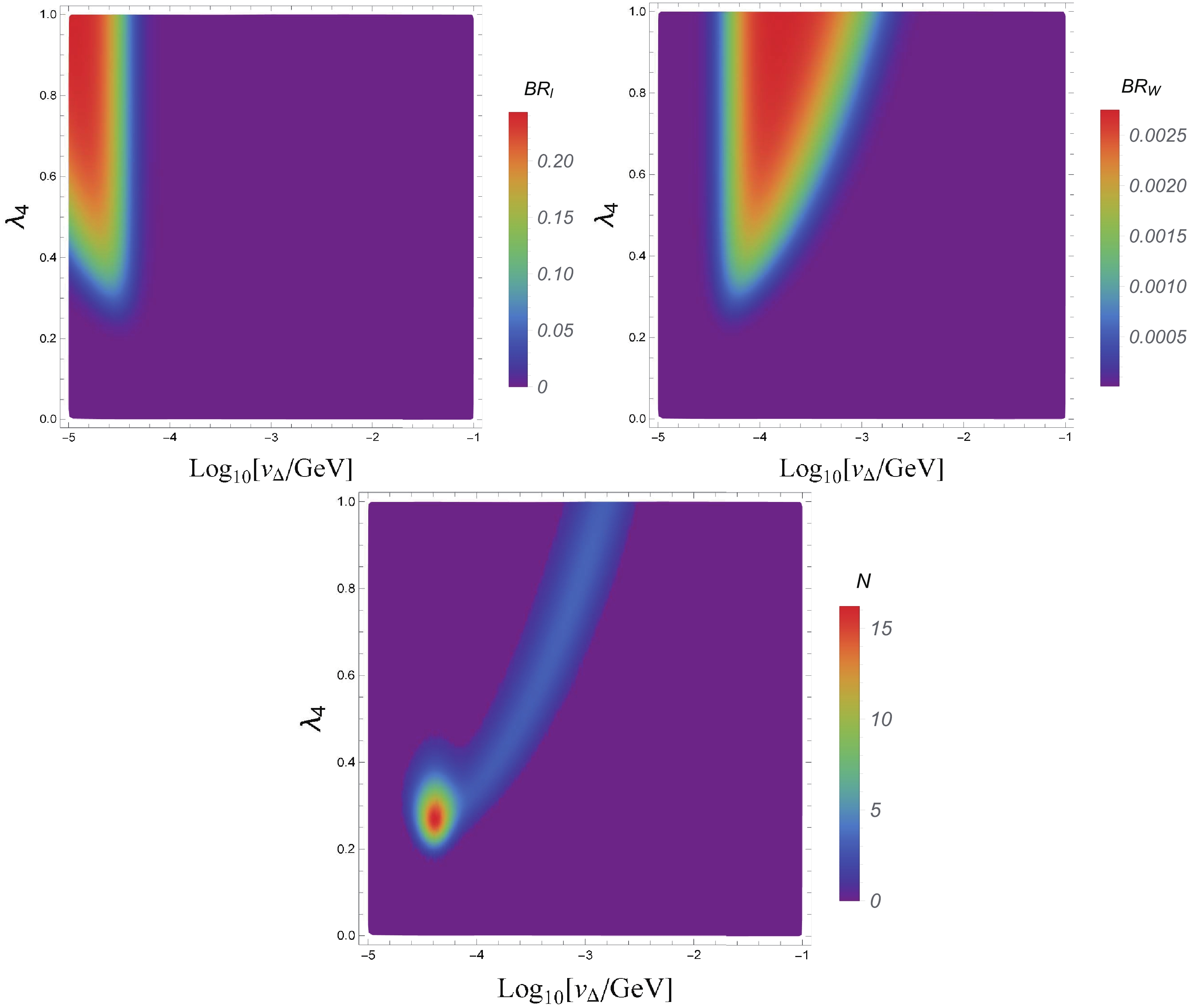
Figure 5. (color online) (upper left panel) Product of the branching ratios
BRℓ≡BR(H0/A0→H±W−∗)2×BR(H±→H±±W−∗)2× BR(H±±→ℓ±ℓ±)2 for the processe+e−→H0A0 withMA0=1000GeV . (upper right panel) Product of the branching ratiosBRW≡BR(H0/A0→H±W−∗)2×BR(H±→H±±W−∗)2×BR(H±±→W±W±)2×BR(W±→ℓν)4 . (lower panel) Event number N of the same-sign tetralepton signature4ℓ±+X for the massMH0∼MA0=1000GeV frome+e−→H0A0 and subsequent decays at the√s=3 TeV CLIC with luminosityL=5 ab−1 .In the lower panel of Fig. 5, we show the expected event number for the same-sign tetralepton signature at the 3 TeV CLIC with an integrated luminosity
L=5ab−1 . Here, the expected event number is the sum of the diboson decay process in Eq. (20) and the dilepton decay process in Eq. (22). In a small area at approximatelyvΔ∼4×10−4 GeV andλ4∼0.26 , we have the maximum number∼16 , where the dominant contribution is fromH±±→ℓ±ℓ± . Meanwhile, theH±±→W±W± dominant tail region with10−4≲vΔ≲10−3 GeV only predicts a total event number of less than three; thus, this long tail region is not promising.Finally, we consider the same-sign tetralepton signature at the 6 TeV MuC. The corresponding production processes at the muon collider are
μ+μ−→H0A0→H±W∗H±W∗→H±±W∗H±±W∗+W∗W∗→4W±(→ℓ±ν)+X,

(23) μ+μ−→H0A0→H±W∗H±W∗→H±±W∗H±±W∗+W∗W∗→4ℓ±+X.

(24) The production cross section is obtained by simply replacing
σ(e+e−→H0A0) in Eq. (20) and Eq. (22) withσ(μ+μ−→H0A0) . In the upper panels of Fig. 6, we show the product of the BRs in the direct tetralepton and tetraboson decay processes withMA0=1500 GeV. To realize a relatively large BR value,λ4 must be larger than0.8 . However, such a largeλ4 leads to an excessively large mass splitting of the triplet scalars; hence, the interference factor x is suppressed. In the lower panel of Fig. 6, we show the total event number for the same-sign tetralepton signature at the 6 TeV MuC with an integrated luminosityL=10ab−1 . It is clear that the event number is always smaller than three. Therefore, the same-sign tetralepton signature is not promising at the MuC forMA0=1500 GeV.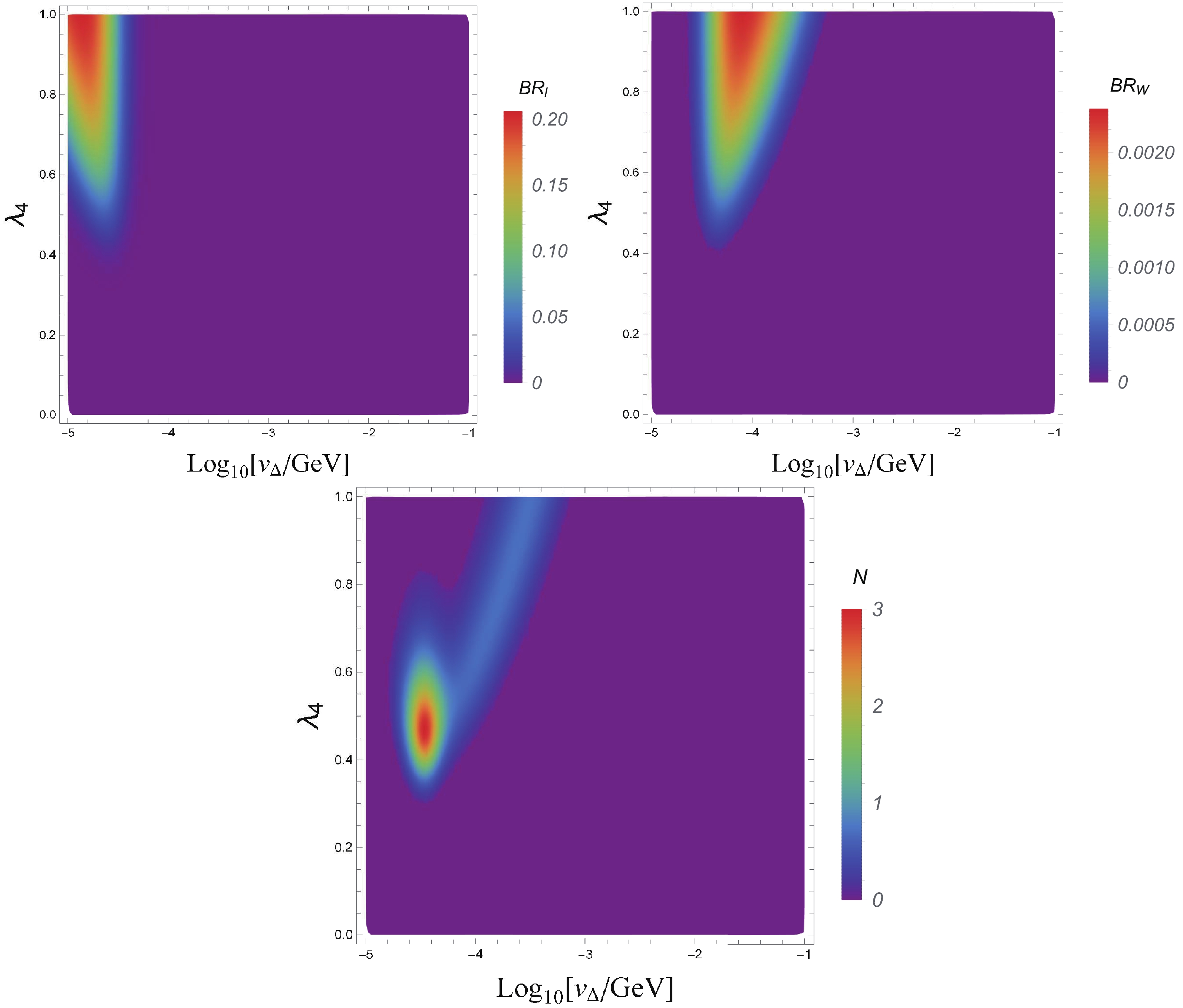
Figure 6. (color online) Same as Fig. 5, but for
MH0∼MA0=1500GeV from the processμ+μ−→H0A0 at the√s=6 TeV MuC with luminosityL=10 ab−1 .Based on the above benchmarks, we discuss the significance of the same-sign tetralepton signature at various lepton colliders. Notably, as the discovery channel for type-II seesaw, the direct production of the doubly charged scalar pair
H++H−− is the best option. The same-sign tetralepton signature is a promising channel for probing the other scalars for a certain parameter space withMH±±<MH±<MH0≃MA0 . To estimate the observability of this signal at lepton colliders, we calculate the maximum event numberNMax and corresponding significanceSMax . The significance S is calculated as [68, 69]S=√2((N+B)log(1+NB)−N),

(25) where we assume
B=1 for the background event. The dominant background arises from the electron charge-flip in the opposite-sign four electron signaturee+e−e+e−(4e) . The cross section of4e at the 1 TeV ILC is 3.6 fb. According to Ref. [70], the charge misidentification probabilities vary between 0.01% and 0.8% with the BDT method. Taking 0.4% as the average value, the background event is approximately 0.46 with8ab−1 at the 1 TeV ILC. For higher collision energies, the cross section of4e decreases, but the misidentification rate increases for higher electron transverse energies. Therefore, taking the background event to be approximatelyB=1 is a conservative estimation.The results are shown in Fig. 7. It is clear that, with an increase in
MA0 , the maximum event number rapidly decreases. For the same-sign tetralepton originating from the tetraboson4W± , the discovery regions for the 1 TeV ILC, 1.5 TeV CLIC, 3 TeV CLIC, and 6 TeV MuC areMA0≲ 480, 620, 800, 710 GeV, respectively. Even in the future, when the HL-LHC will not observeH±± in the diboson decay mode, the possibility to observe this signature in the mass rangeMA0∈[490,800] GeV at the CLIC remains. Moreover, if we consider an additional contribution from the direct teralepton channel4ℓ± , the 3 TeV CLIC and 6 TeV MuC can probeMA0≲ 1100, 1160 GeV, respectively. However, taking into account the future results from the HL-LHC, if no clear observation ofH±± is obtained, the 1 TeV ILC will have no signature; also, there will be no direct tetralepton signal4ℓ± at the 3 TeV CLIC and 6 TeV MuC.
Figure 7. (color online) The maximum event number
NMax (left) and corresponding significanceSMax of the same-sign tetralepton signature. The cyan and purple regions are excluded by theH±→W±W± andH±±→ℓ±ℓ± search at present, and the future exclusion limits at the HL-LHC are indicated by the dashed cyan and purple lines.The implication of the above bounds are now considered. The most promising scenario is the observation of
H±± withMH++∼ 1 TeV in upcoming experiments. Then, the observation of the same-sign tetralepton signature at the 3 TeV CLIC will determine the couplingλ4 and triplet VEVvΔ according to Fig. 5. In contrast, if this signal is observed in the4W± channel, we obtain a strong relation betweenλ4 andvΔ , as shown in Fig. 3. In this scenario, the VEVvΔ could be further fixed whenλ4 is determined by the measurement of mass splitting betweenH±± andH± . In the worst case, i.e., if no same-sign tetralepton signal is observed at future lepton colliders,H±± should be heavier than 800 GeV under certain relations betweenλ4 andvΔ . -
In this study, we investigate the novel same-sign tetra-lepton signature in type-II seesaw at future lepton colliders (including the 1 TeV ILC, 3 TeV CLIC, and 6 TeV MuC). The signature arises from the mixing of the associated production of Higgs fields
H0A0 followed by the cascade decaysH0/A0→H±W∗ ,H±→H±±W∗ , andH±±→ℓ±ℓ±/W±W± withW±→ℓ±ν . There are two important parametersλ4 andvΔ closely related to this signature, whereλ4 controls the mass splitting of the triplet scalars andvΔ determines the decay mode ofH±± .First, we consider a low mass benchmark scenario with
MA0=400 GeV at the 1 TeV ILC. In this case,H±±→W±W± is the only viable decay mode. The production cross section of the processe+e−→H0A0 varies around 10 fb. The promising region corresponds to a narrow band in the range10−4≲vΔ≲10−2 GeV. With an integrated luminosityL=8ab−1 , we find that a neutral Higgs with a mass of approximately400GeV can lead to roughly150 events at the ILC. Then, we study the scenarioMA0=600 GeV at the 1.5 TeV ILC, where approximately 10 events can be produced withL=2.5ab−1 . For heavier triplet scalars, we considerMA0=1000 GeV at the 3 TeV CLIC, where the cross sectionσ(e+e−→H0A0) is approximately 2 fb. Although this value is roughly two orders of magnitude larger than that at the 14 TeV LHC, the cascade decay branching ratios are suppressed for smallλ4 values. This leads to a mismatch between the cascade decays and the interference effect. A maximum event number∼16 can be obtained at approximatelyvΔ∼4×10−4 GeV andλ4∼0.26 with an integrated luminosityL=5ab−1 at the CLIC. In this high mass scenario, theH±±→ℓ±ℓ± decay mode is the dominant contribution to the same-sign tetralepton signature. If the triplet scalars are even heavier than 1 TeV (e.g.,MA0=1500 GeV), the cascade decays will be heavily suppressed. With an integrated luminosityL=10ab−1 at the 6 TeV MuC, there are three signal events at best. Therefore, this signature is not promising at the MuC.Based on the above benchmarks, we consider the significance of this signature. In the
H±±→W±W± decay mode, the promising region of the tetraboson4W± is350≲MA0≲800 GeV at lepton colliders. Meanwhile, in theH±±→ℓ±ℓ± decay mode, the promising region of the direct tetralepton4ℓ± is870≲MA0≲1160 GeV. If no doubly charged scalarH±± is observed at future HL-LHCs, the direct4ℓ± channel will not be examined at lepton colliders. However, one can still probe this signal in the mass rangeMA0∈ [490, 800] GeV in the4W± channel at the CLIC.
Same-sign tetralepton signature in type-II seesaw at lepton colliders
- Received Date: 2021-09-01
- Available Online: 2022-01-15
Abstract: The same-sign tetralepton signature via the mixing of neutral Higgs bosons and their cascade decays to charged Higgs bosons is a unique signal in the type-II seesaw model with the mass spectrum






 Abstract
Abstract HTML
HTML Reference
Reference Related
Related PDF
PDF






































 DownLoad:
DownLoad: